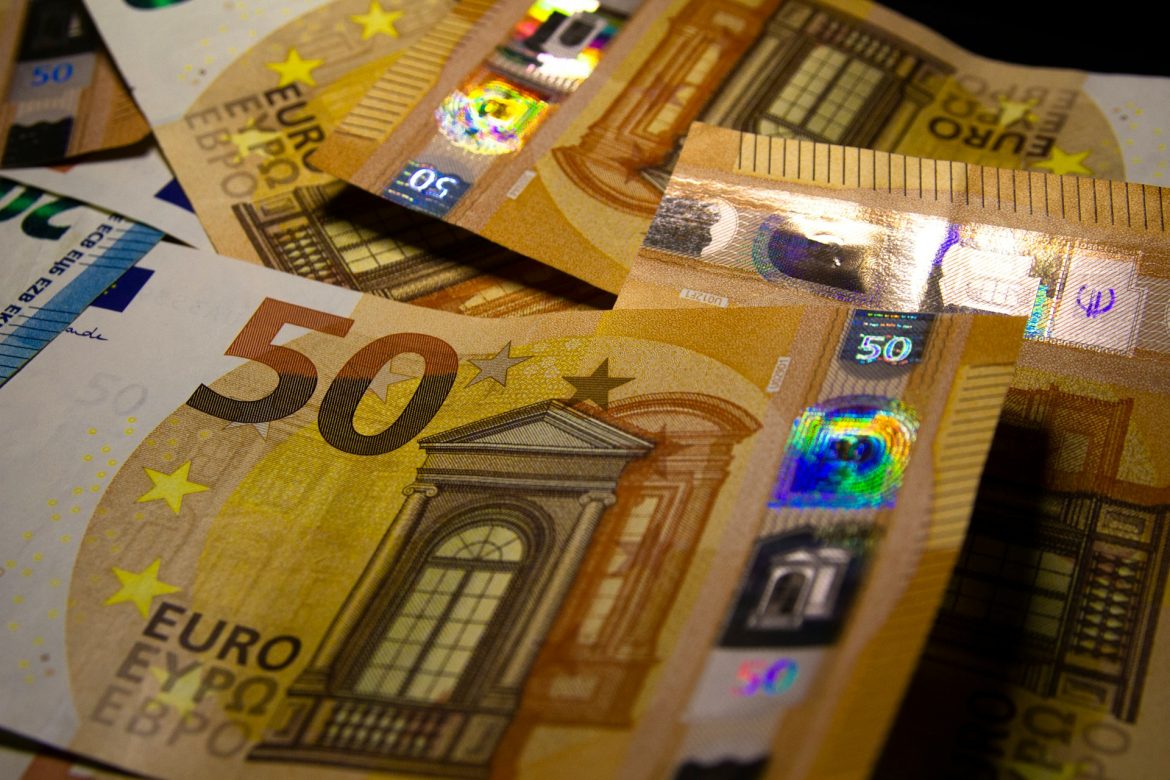The European Central Bank (ECB) is expected to cut interest rates again this Thursday, lowering the key rate to 2% before implementing a pause that could last until the autumn. This anticipated move comes as part of a broader monetary policy strategy led by ECB President Christine Lagarde.
Most analysts from investment firms and financial institutions forecast that the ECB will go ahead with this reduction during its upcoming meeting. If confirmed, it would mark the eighth rate cut in the current cycle and the seventh consecutive one.
The ECB, which also acts as a banking supervisor, began shifting towards a more accommodative monetary policy a year ago. This followed a tightening phase that saw interest rates climb to 4%—the highest level since 2008.
After an initial rate cut in June of last year, the ECB paused in July, then resumed a consistent pattern of 25 basis point cuts at every subsequent meeting. Thursday’s anticipated cut, already priced in by the markets, will reduce the deposit facility rate—which is the main reference for monetary policy—to 2%.
Despite some internal dissent within the ECB’s Governing Council, particularly from German member Isabel Schnabel who favours holding rates steady, the consensus appears to support a reduction. According to A&G Global Investors, “the decision is likely to enjoy broad agreement, even if it’s not unanimous.”
Experts at Mirabaud suggest that while the so-called “hawks” in Frankfurt may argue for a pause—citing solid first-quarter economic performance—the overall balance tilts in favour of a precautionary cut.
Inflation figures appear to back this position. In May, eurozone inflation eased to 1.9%, the lowest level since September 2024. Country-level data also showed declines: Germany at 2.1%, France at 0.6%, Italy at 1.7%, and Spain matching the eurozone average at 1.9%.
Though the ECB may not act unanimously, it is expected to set the deposit facility rate near the upper end of what it defines as the “neutral range” (1.75%–2.25%)—a zone where policy is neither stimulative nor restrictive.
Nevertheless, analysts at Generali Investments caution that “even within this neutral range, the room for further rate cuts is narrowing.”
Looking Ahead to 2026: Interest Rates at 1.5%?
While Thursday’s cut seems all but certain, the ECB’s future decisions for meetings in July, September, and December remain less predictable. Current market expectations suggest the ECB may hold rates steady through the summer, with a possible additional cut in the final quarter of the year.
According to Pimco, this Thursday’s cut could signal the ECB entering the final phase of its current easing cycle. The rationale, they note, is that most members of the Governing Council view the 2% rate as the midpoint of the neutral range for the euro area.
As the ECB navigates its next moves, the central question will be whether inflation remains subdued enough to justify further easing—or whether economic resilience and global uncertainties might warrant a more cautious stance.



